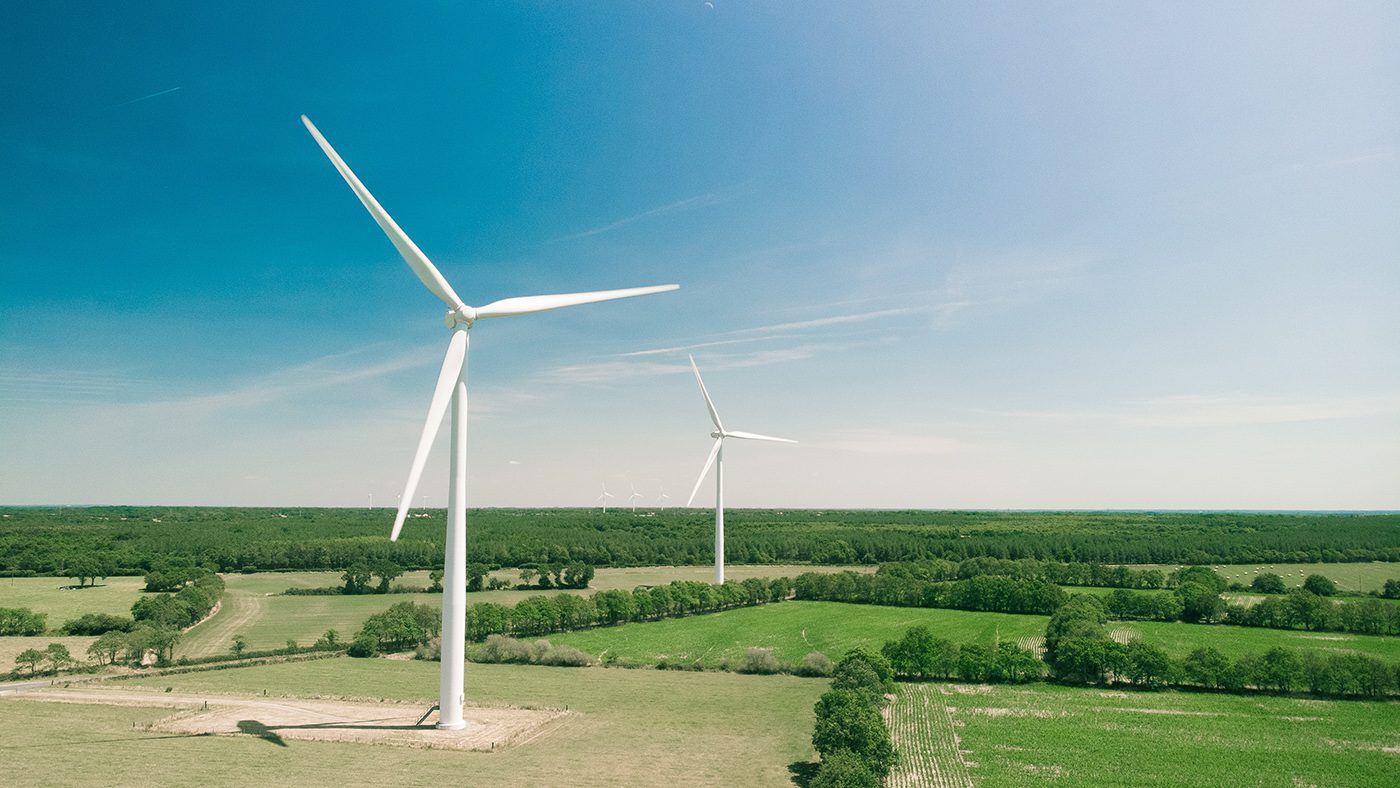Several MKO Research, ornithology and ecology team members recently attended the Seventh Conference on Wind and Wildlife (CWW) impacts in Šibenik, Croatia. The conference brings together a diverse range of interested parties, from researchers, conservation scientists, wind industry professionals, environmental practitioners, government organisations and NGO representatives, to share their know-how and experiences and develop solutions to avoid, minimise, and mitigate the impacts of wind farms on wildlife, both onshore and offshore. Session topics included issues related to regulation and planning, species responses, uncertainty in risk assessment, cumulative population effects, mitigation and emerging challenges and solutions.
A workshop launched the ‘Good Practice Handbook on Post-construction Fatality Monitoring (PCFM) for Onshore Wind Projects in Emerging Markets and its automated Decision Support Tool’ to help balance the unparalleled expansion of the wind industry with biodiversity protection. While the target users are those in emerging-market countries, the guidance can apply to any PCFM implementation. The workshop and handbook were developed by several financial institutions, including the International Finance Corporation, the European Bank and Kreditanstalt für Wiederaufbau (KfW), highlighting the influential role such institutions can play in reducing biodiversity risks and impacts on renewable energy projects.
While several talks addressed long-standing issues between wind energy development and wildlife, such as accurately quantifying bird flight height and assessing species sensitivity to impacts of wind energy development, we saw greater emphasis on potential wind energy-bat conflict and subsequent solutions, mitigation and compensation and the opportunities to enhance nature when developing wind farms. Many talks showcased uses of differing, existing technologies in the potential mitigation of impacts, and others considered a multi-criteria analysis approach in a framework to help decision-makers balance multiple spatial priorities with renewable energy targets.



